My final project is all about capturing the real deal of city life. It’s like this big archive, a collection of moments that show what it’s like for people just doing their thing in a busy city. You know, waiting for the train, hanging out in a park with friends, standing in line for a hot restaurant, or checking out cool art in a museum. I’ll be cruising around Brooklyn and Manhattan, snapping shots in different spots to give you a feel for the everyday scenes. No frills, just genuine slices of urban life. I’m going for that street photography vibe—capturing the raw and spontaneous moments that make city living unique. I’ll mix it up with wide shots to show off the city’s vibe and some close-up portraits for those personal moments. Natural light is my go-to, and I’ll throw in some motion shots and lots of vibrant colors to catch that city energy. Basically, it’s like taking a chill stroll through the neighborhoods, giving you a visual diary of what goes down when people are just being themselves in the city. It’s not just about the pics; it’s about soaking in the vibe and telling a laid-back story of the city’s rhythm.
Below are some of the photographers who will inspire this project.
Girma Berta is based in Addis Ababa, Ethiopia. He is a self-taught street photographer who composes his images in a really unique way, creating contrast using strong and harsh colors. His work guides the viewer through the everyday life of African people not in a documentary, but more like in a fine art style. His work has been featured in different publications, and exhibitions internationally and received several awards.
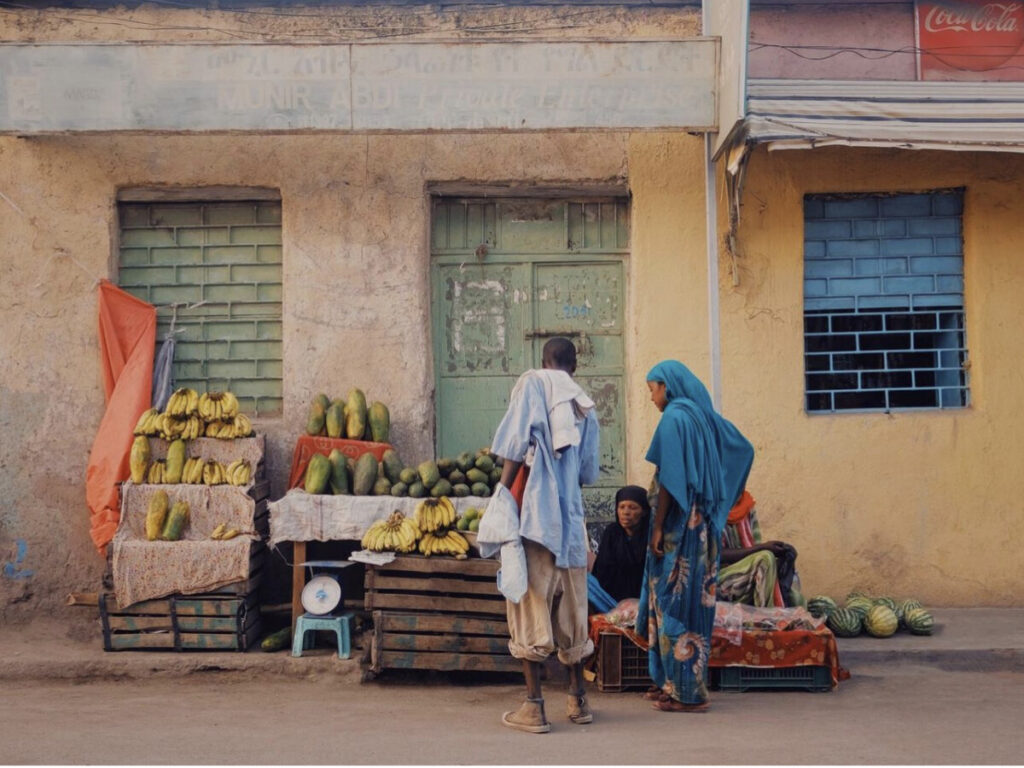
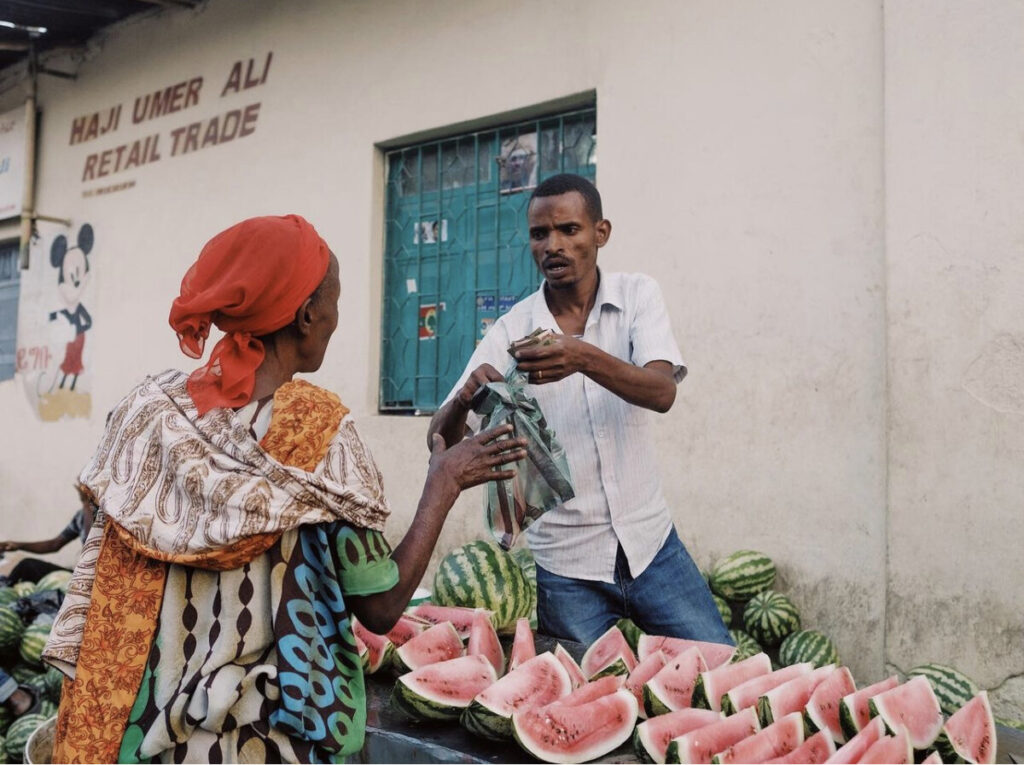
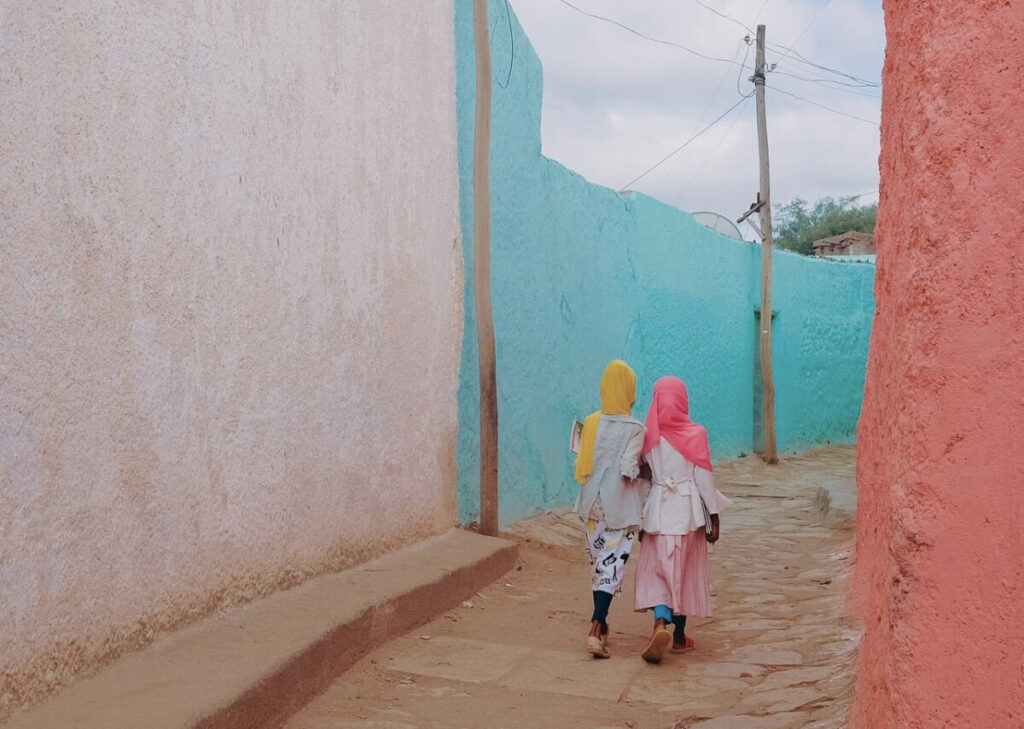

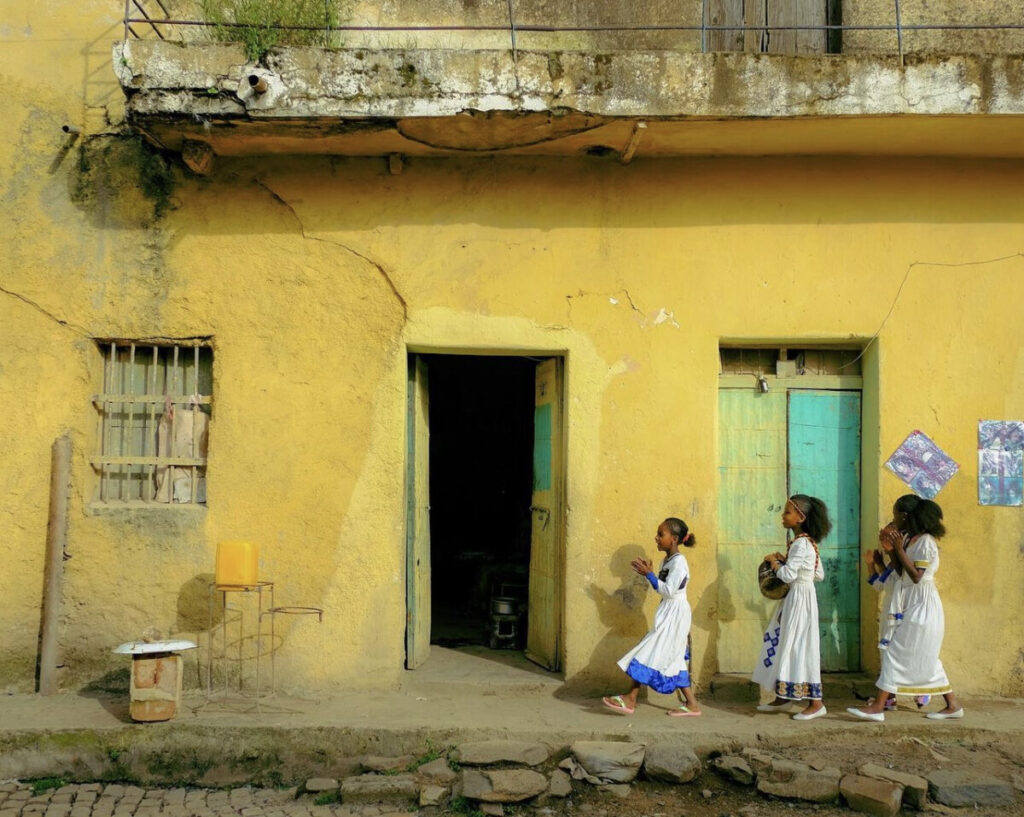
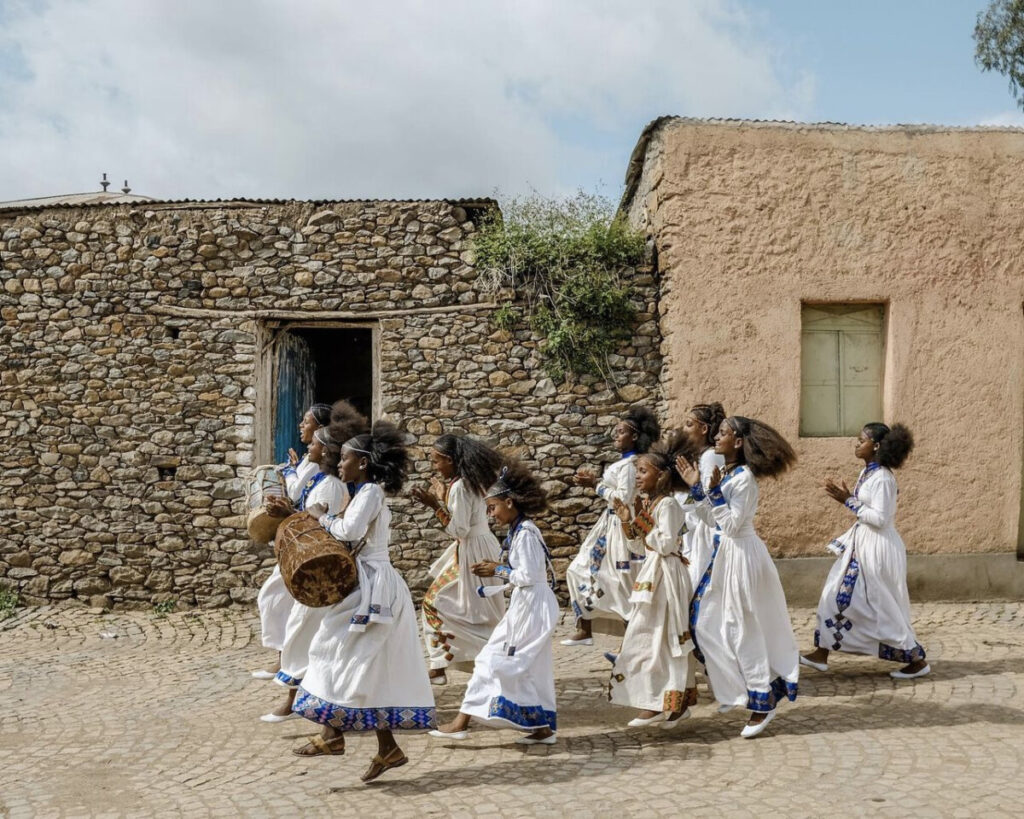
Helen Levitt (1913-2009) captured a poetic view of mid-20th century New York City. She photographed women, children, and community street life. Her images of the city are warm and approachable. They show a side of urban life full of community. Her pictures are vignettes of domestic life.
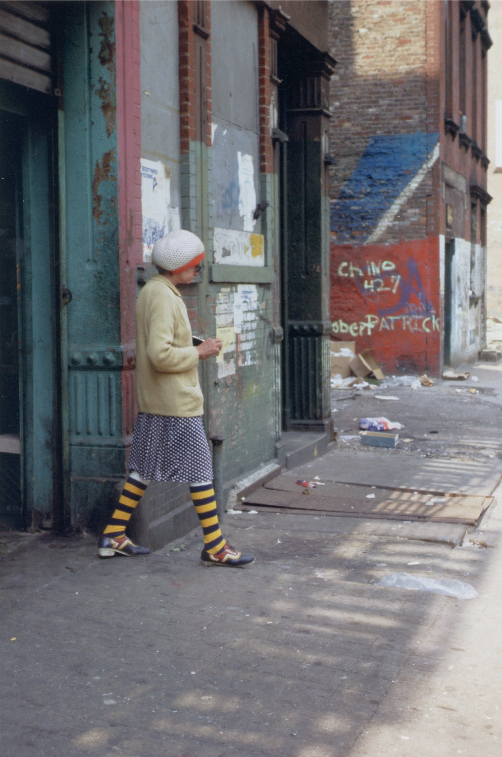
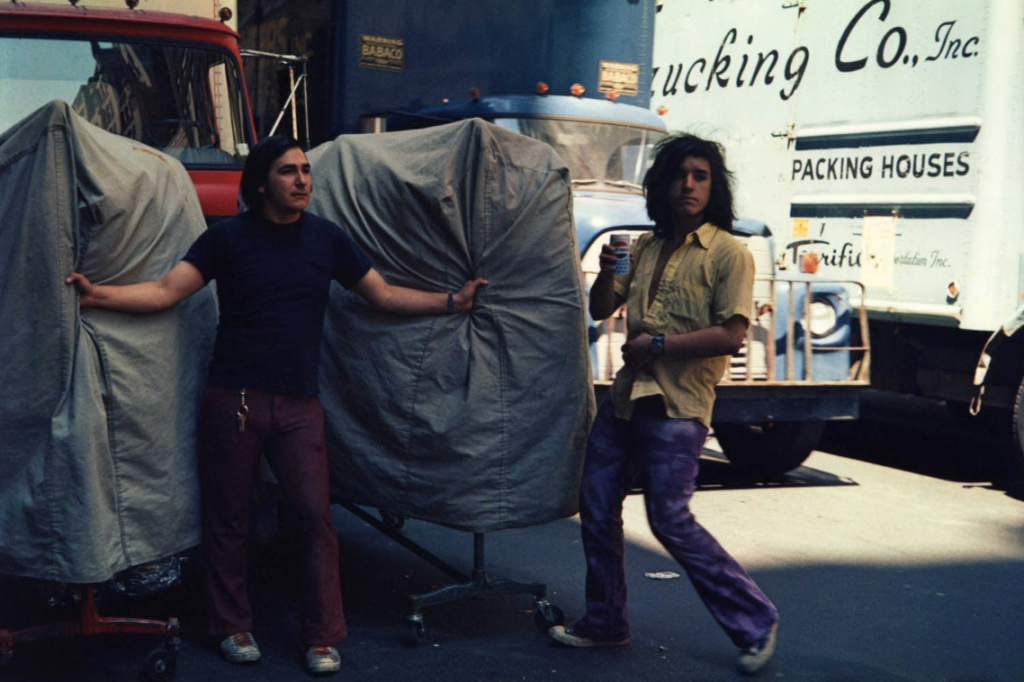
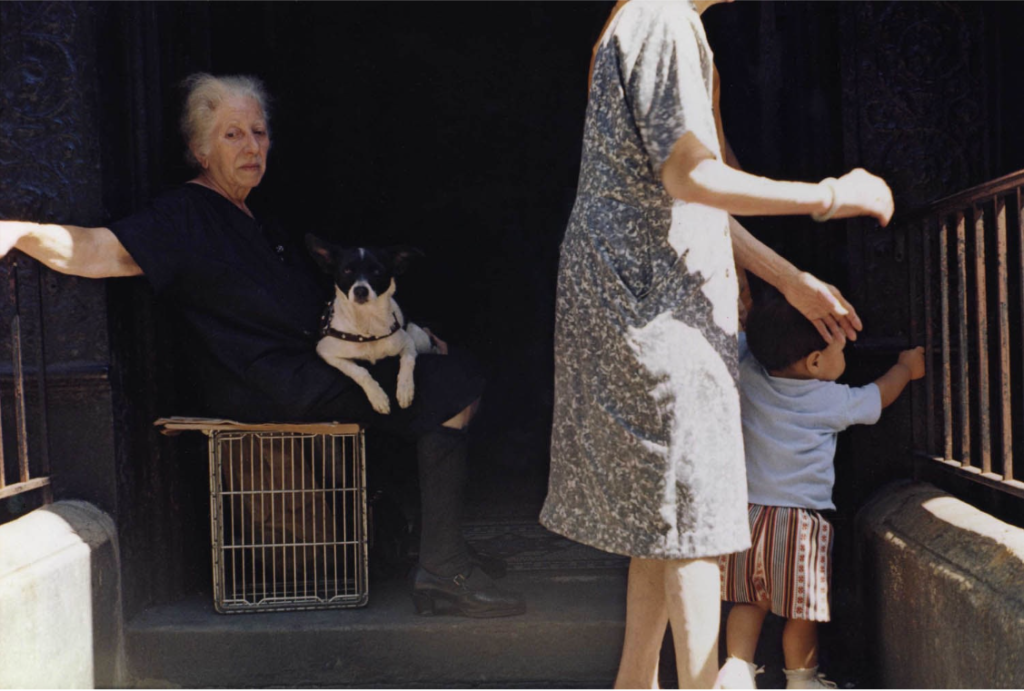

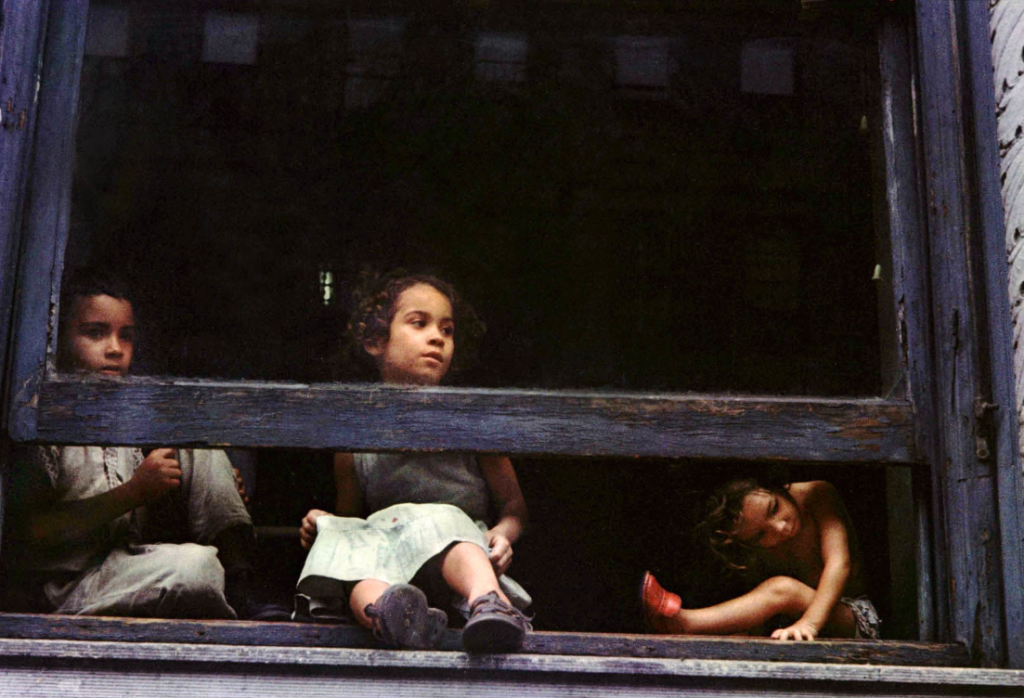
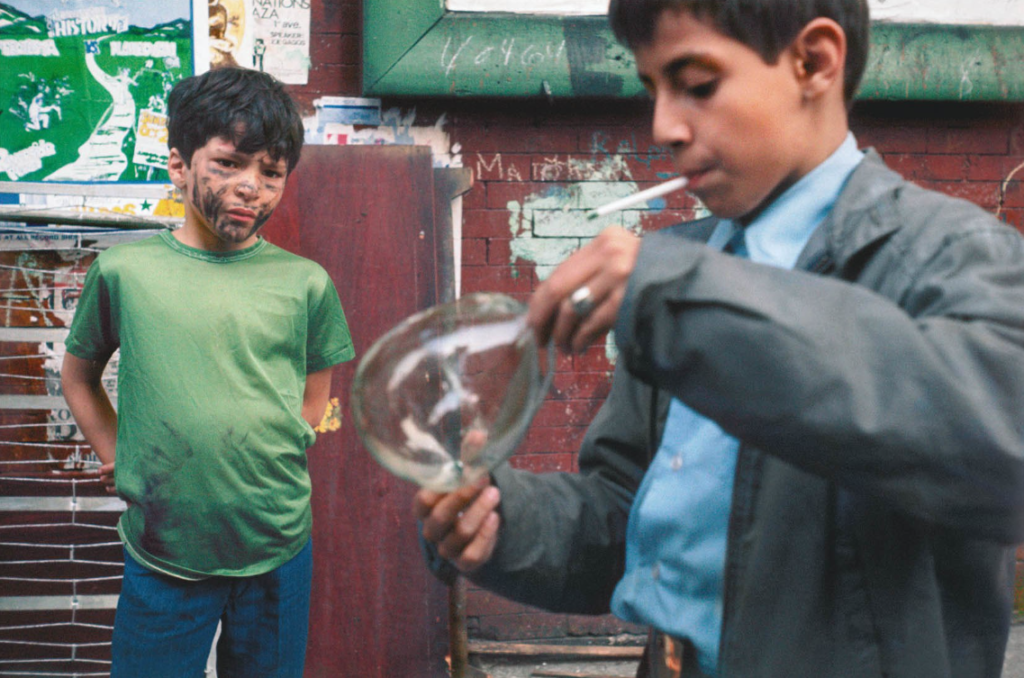
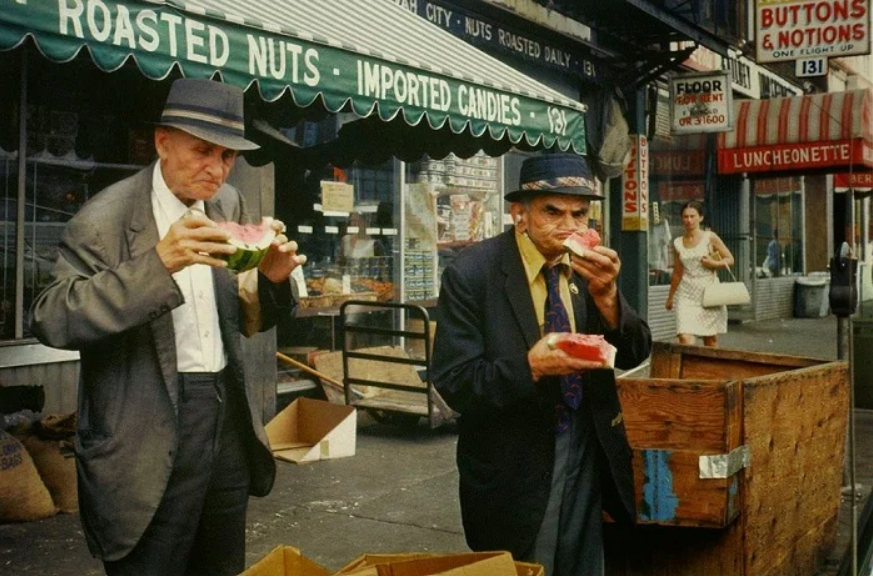
Saul Leiter (1923-2013) was an American photographer working in the 1940s and 1950s. He photographed in black and white. But he is known as an early pioneer of color street photography. His images capture the quiet moments of the city. Soft focus and reflections give his pictures an impressionistic, painterly quality.
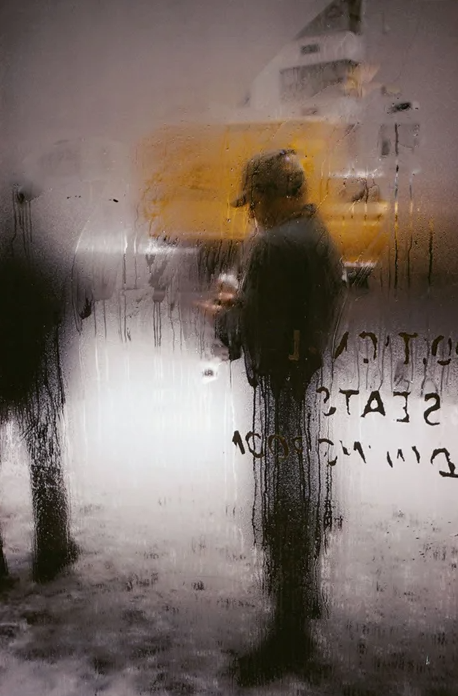
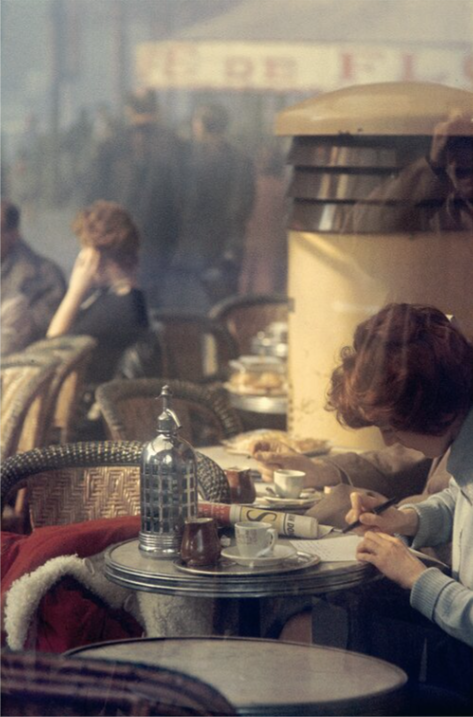
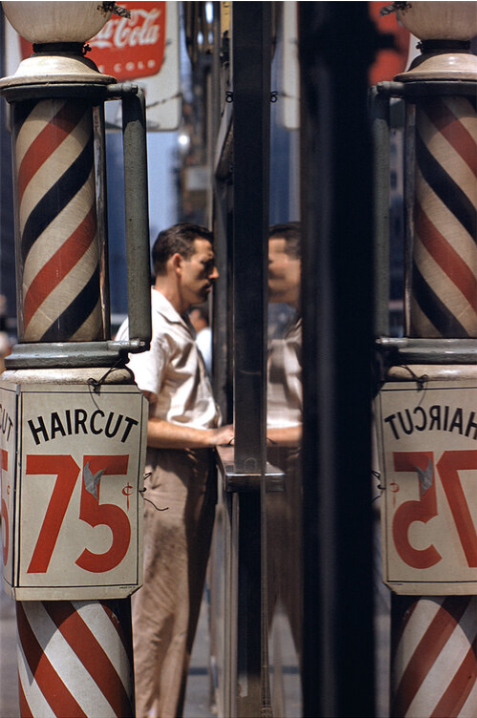
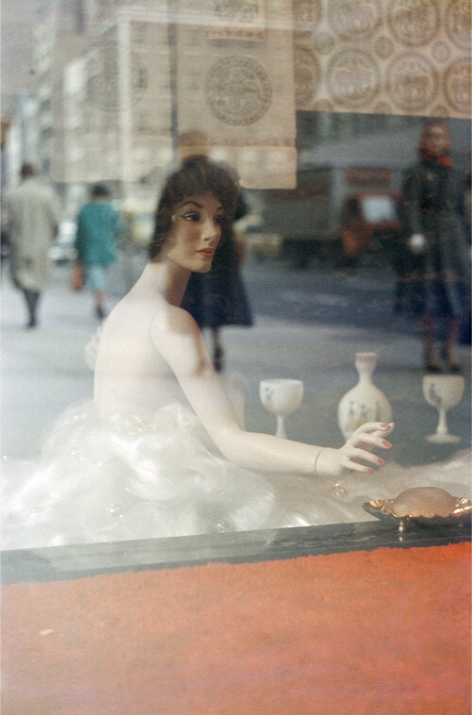
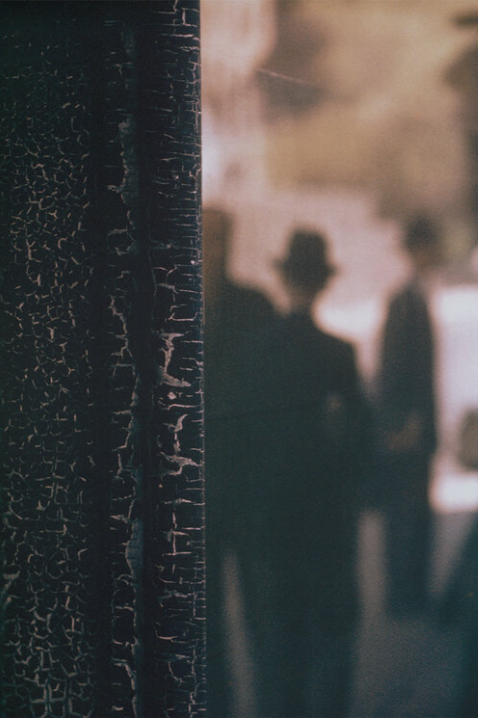
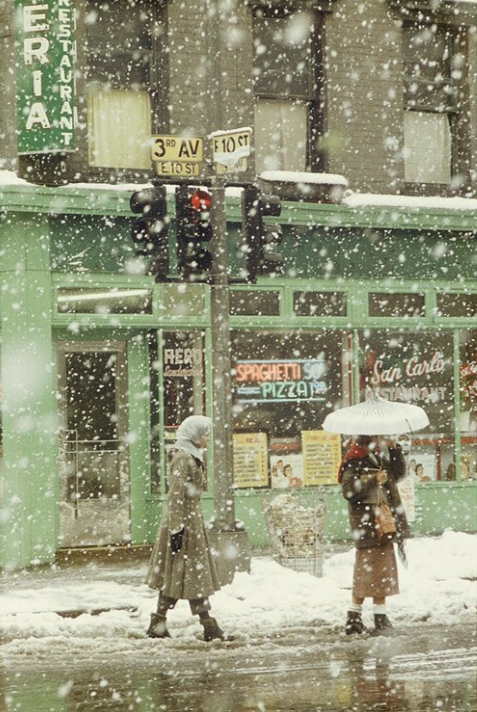
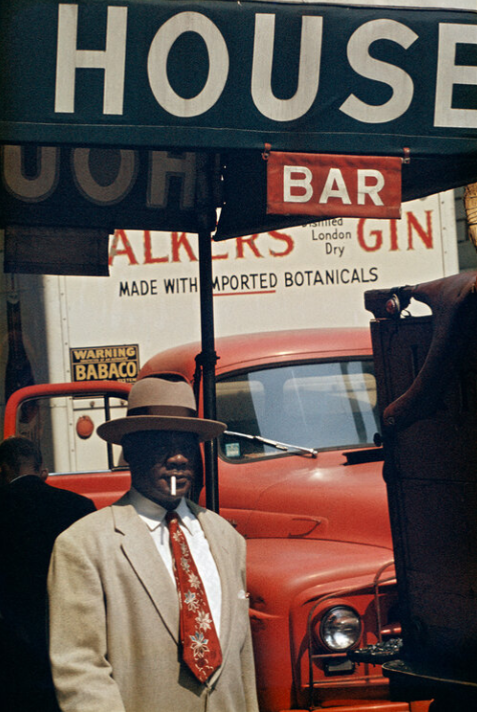
Phil Penman was born in the UK and he was raised in New York. He’s been documenting the ever-changing life of the city for more than 25 years. Besides being a street photographer, he photographed celebrities. Also, he followed historical events like 9/11.

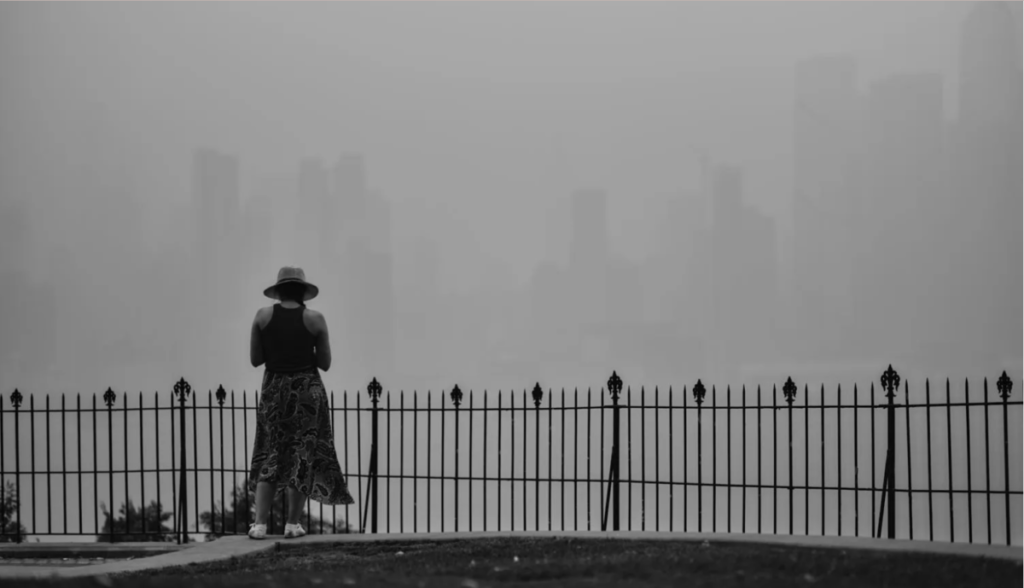
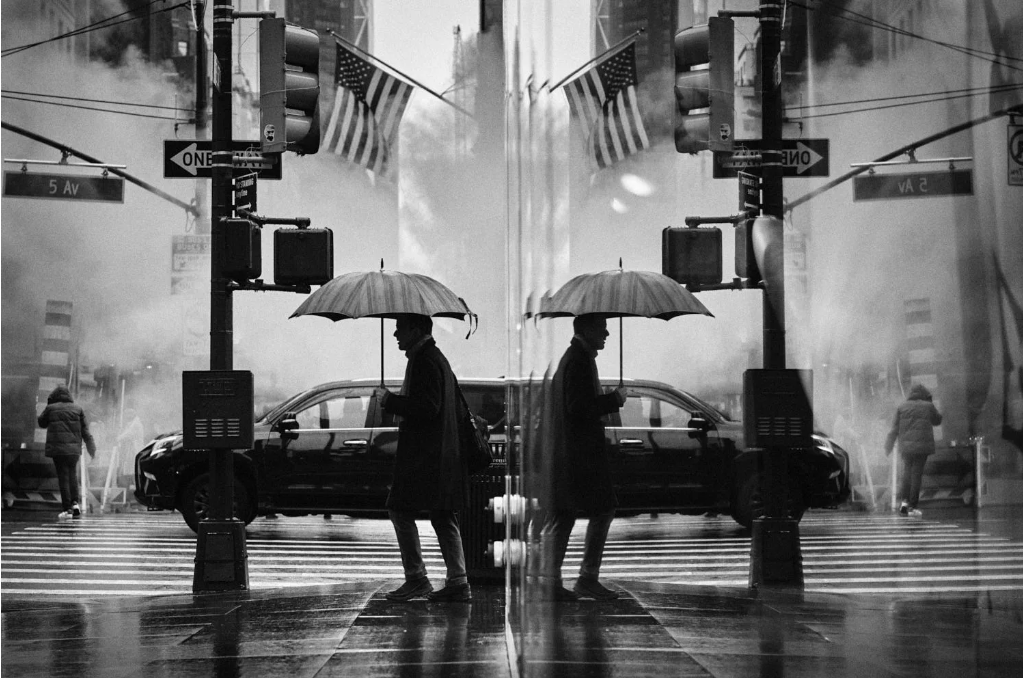
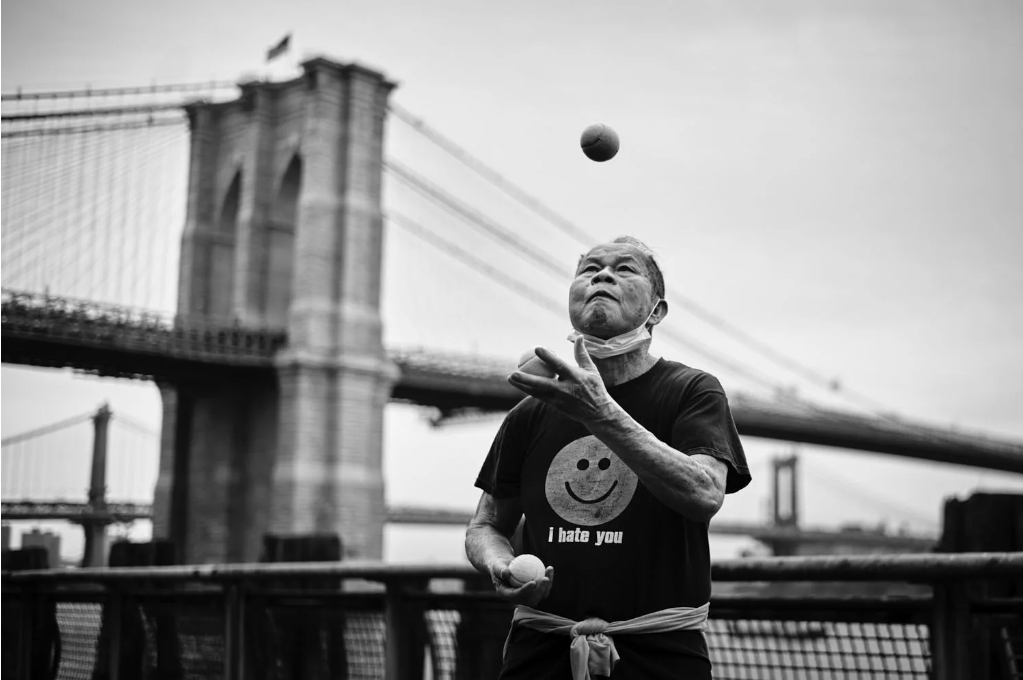
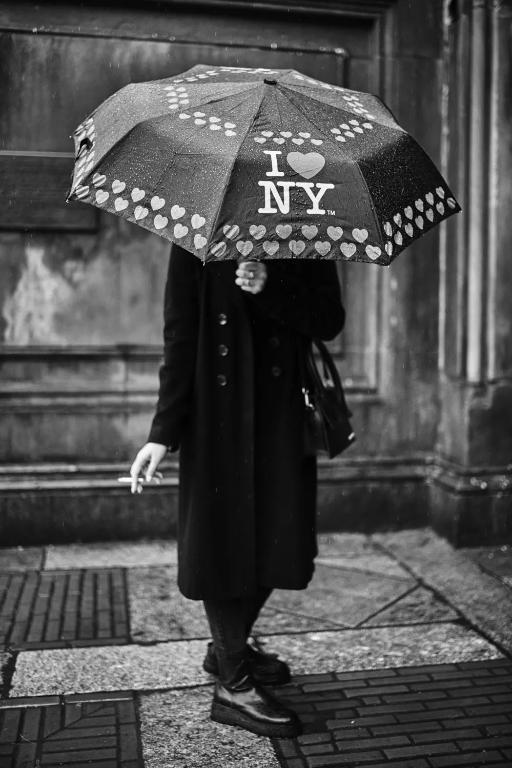
Xyza Cruz Bacani is a Filipina street and documentary photographer. She is based in Hong Kong and her mission is to raise awareness of under-reported issues. She won numerous awards and her work has been exhibited worldwide. She is one of the Magnum Foundation’s Human Rights Fellows. Besides this, she won several titles and awards. She’s a true visual storyteller and she’s found perfectly how she can use her voice to stand for human rights.
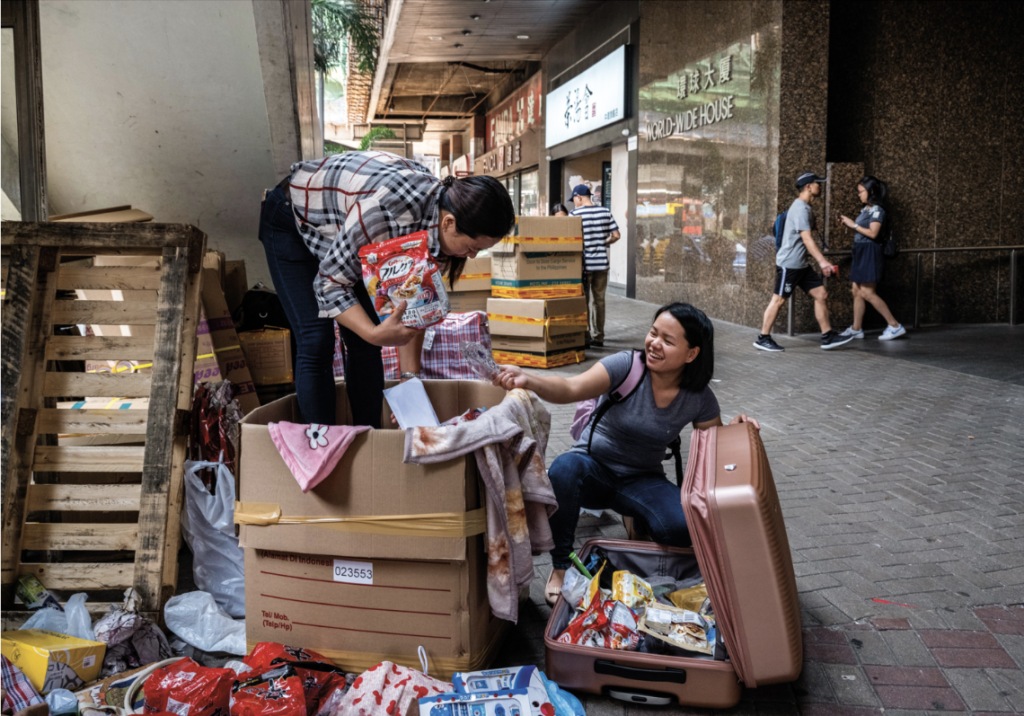
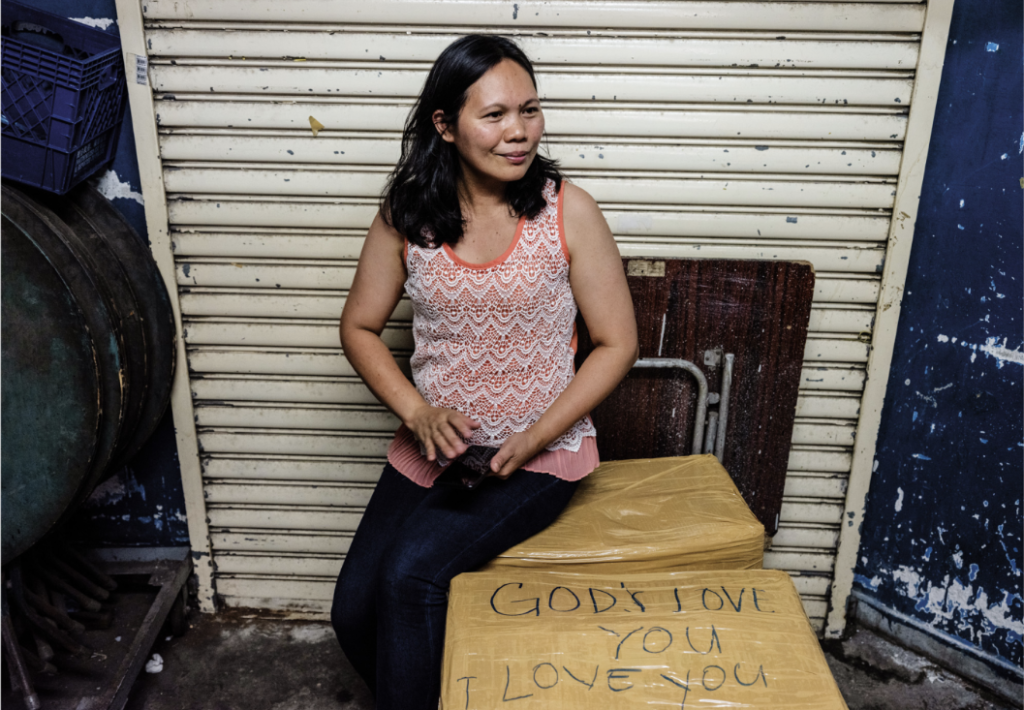
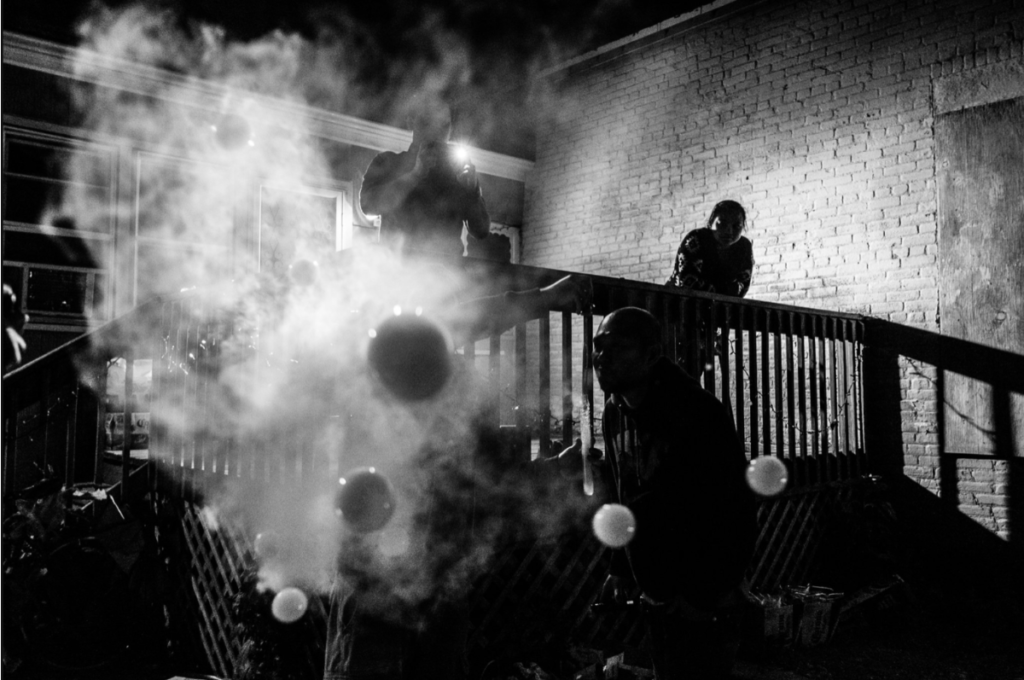
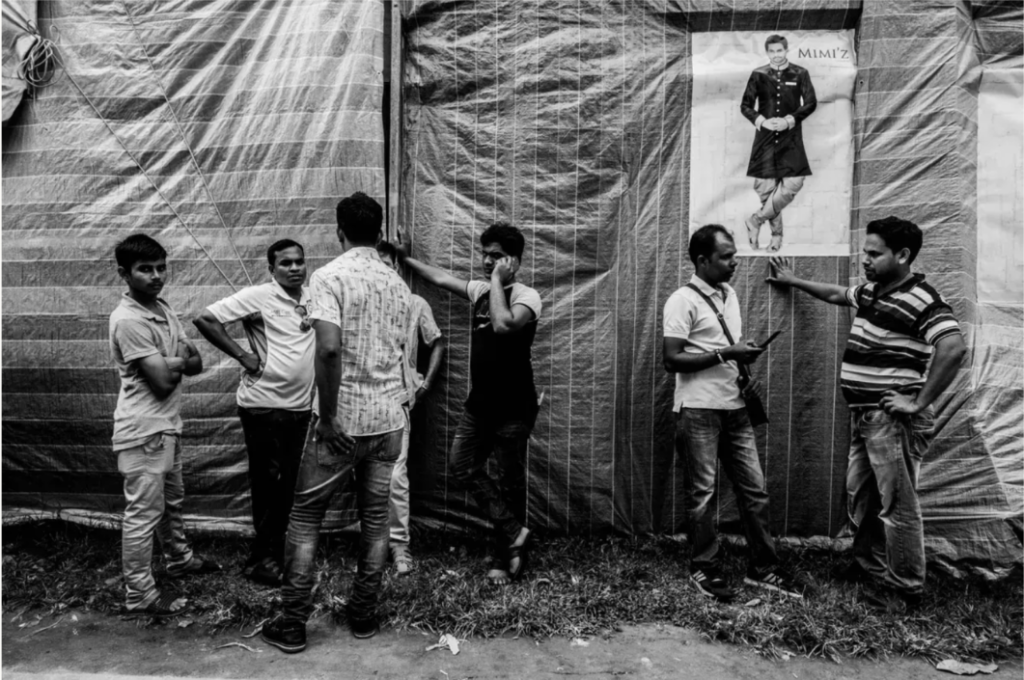
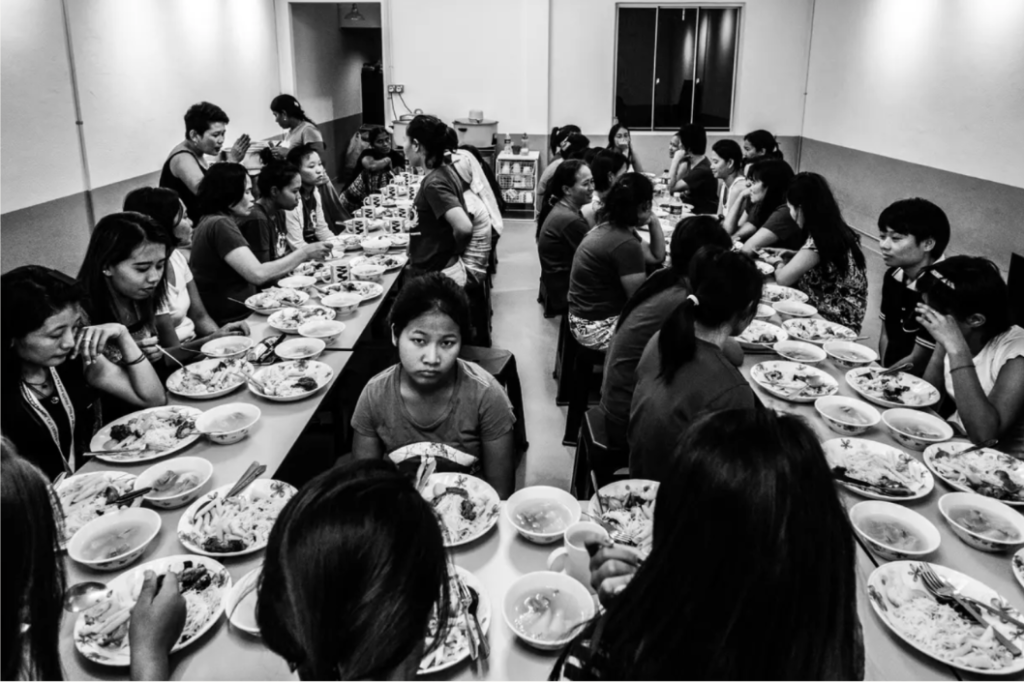
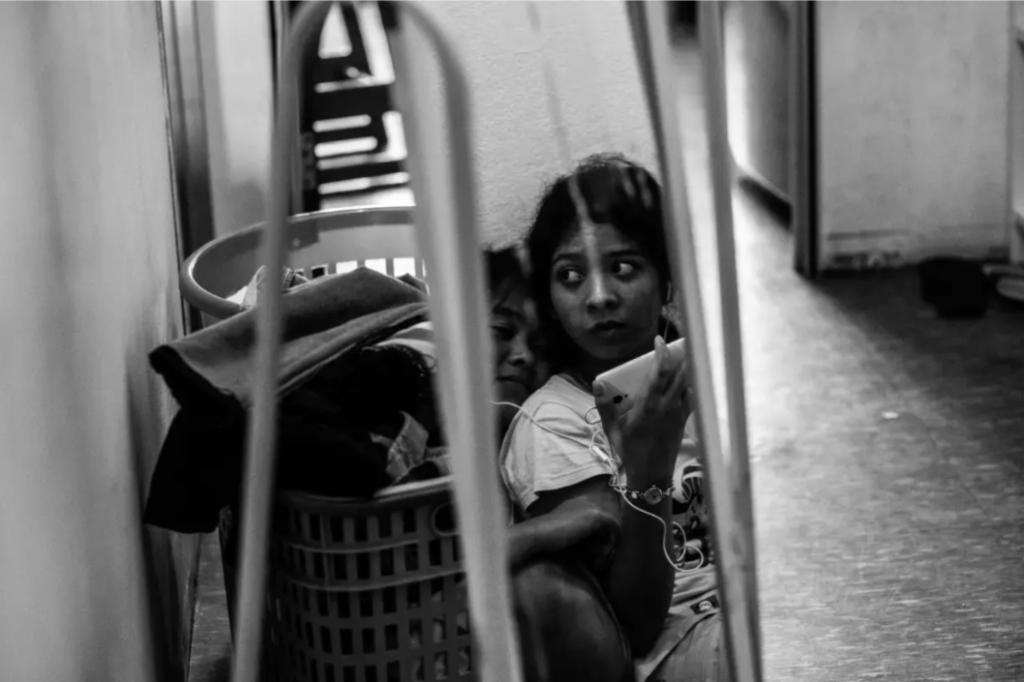
The London-based Joshua K. Jackson is a street photographer, whose work focuses on the connection people have with their surroundings. He can perfectly capture small interactions between people as well. He uses color and lights to enhance the atmosphere an everyday scene can have. A lot of his images are shot at night when people are going home, sitting in bars, or talking with each other. His perfectly composed images express love, loneliness, and intimacy.
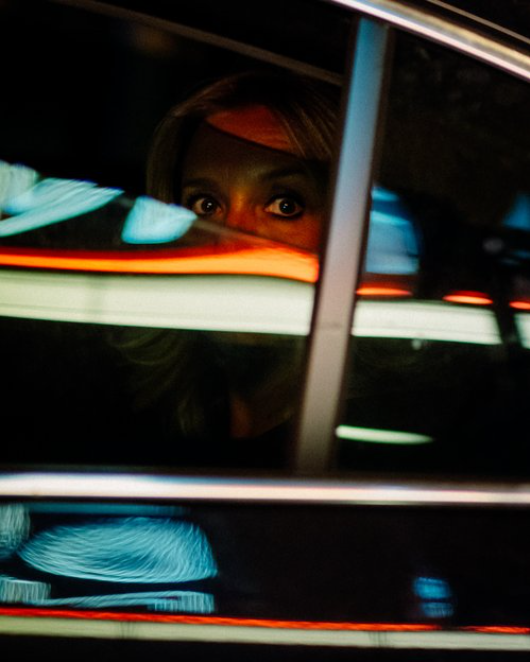
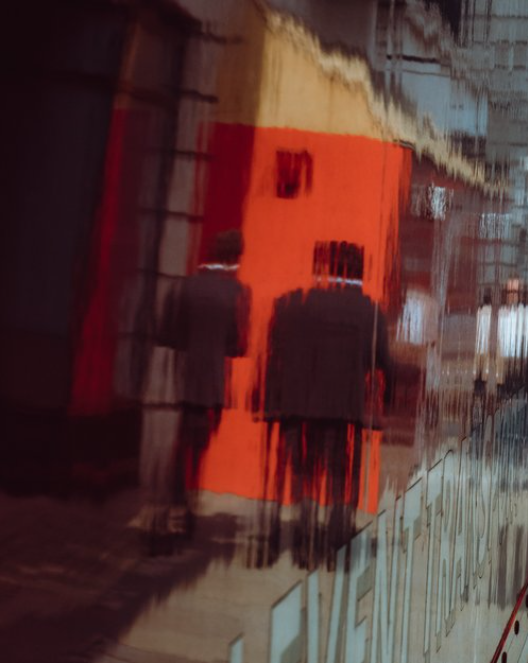
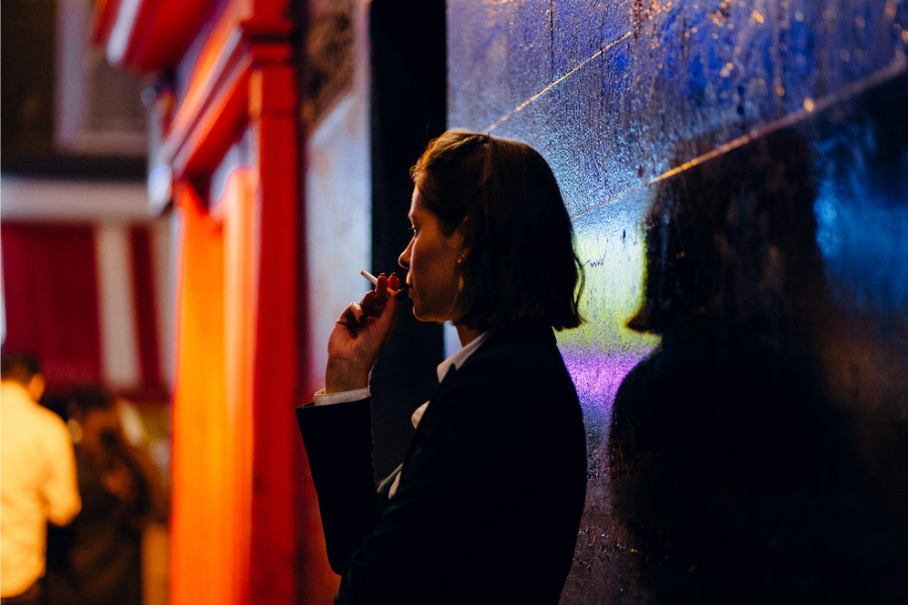
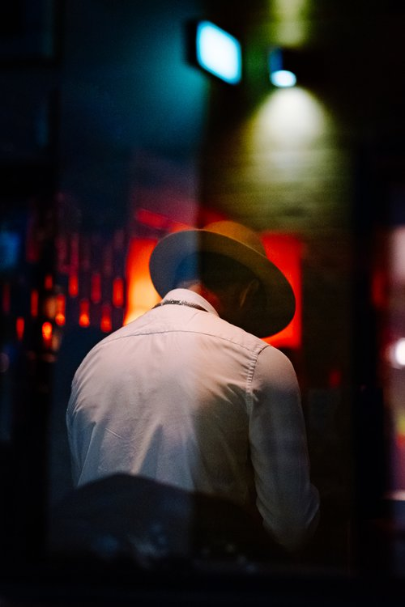
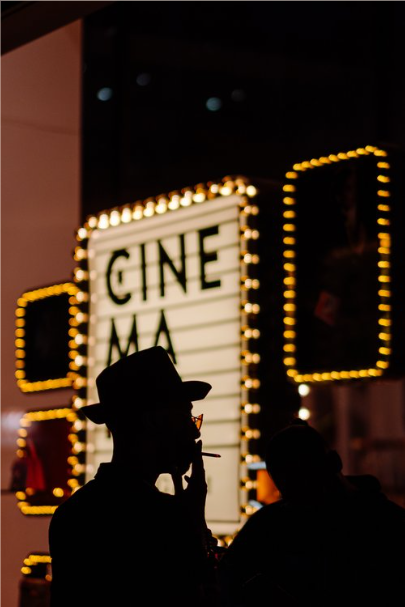
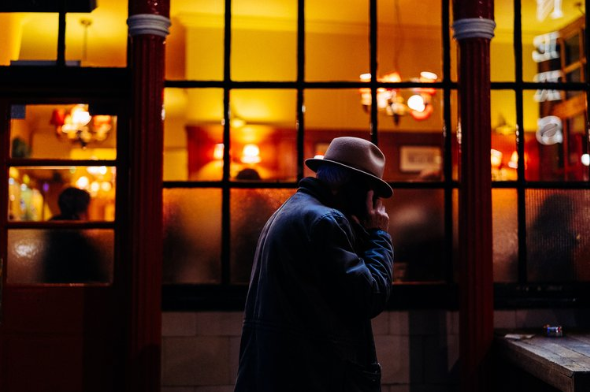
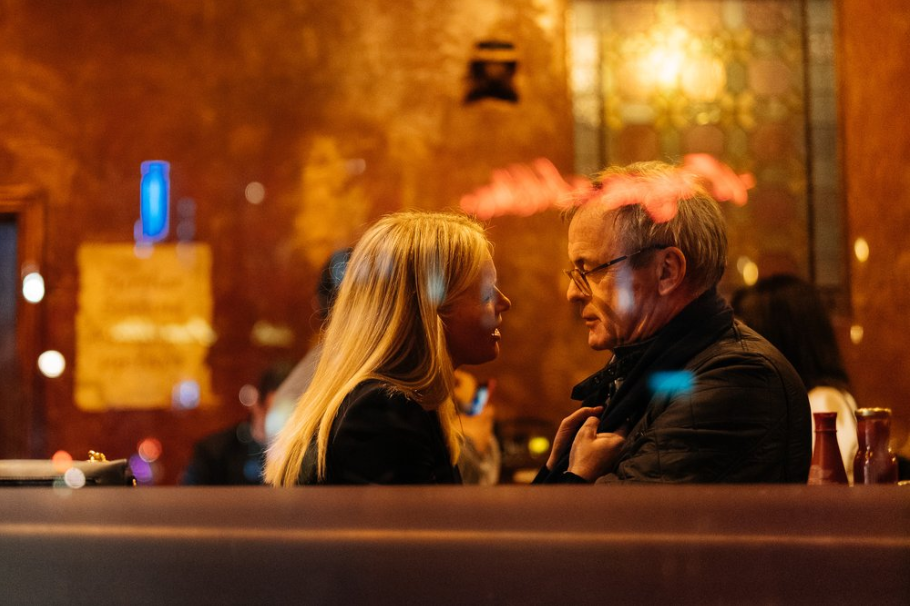
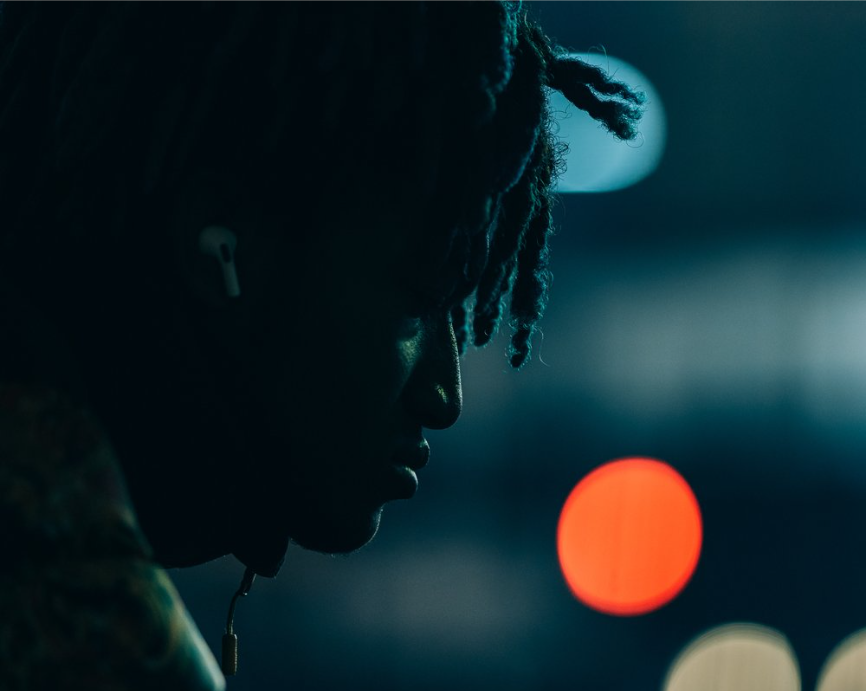
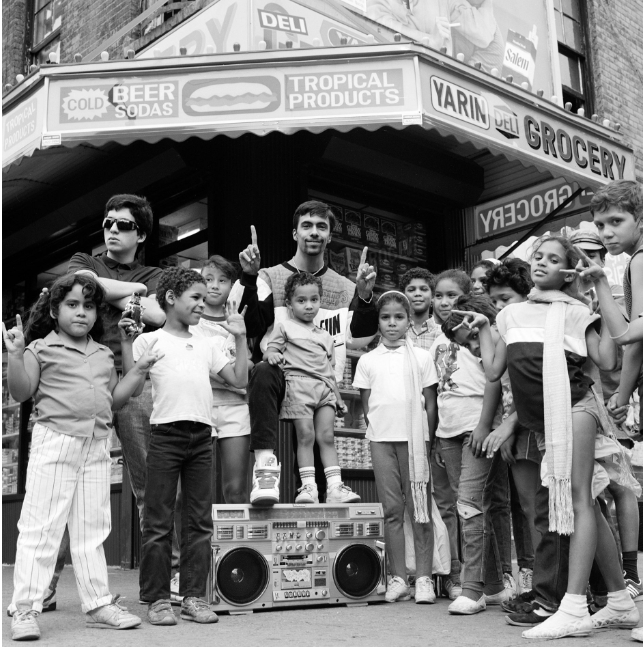




Recent Comments